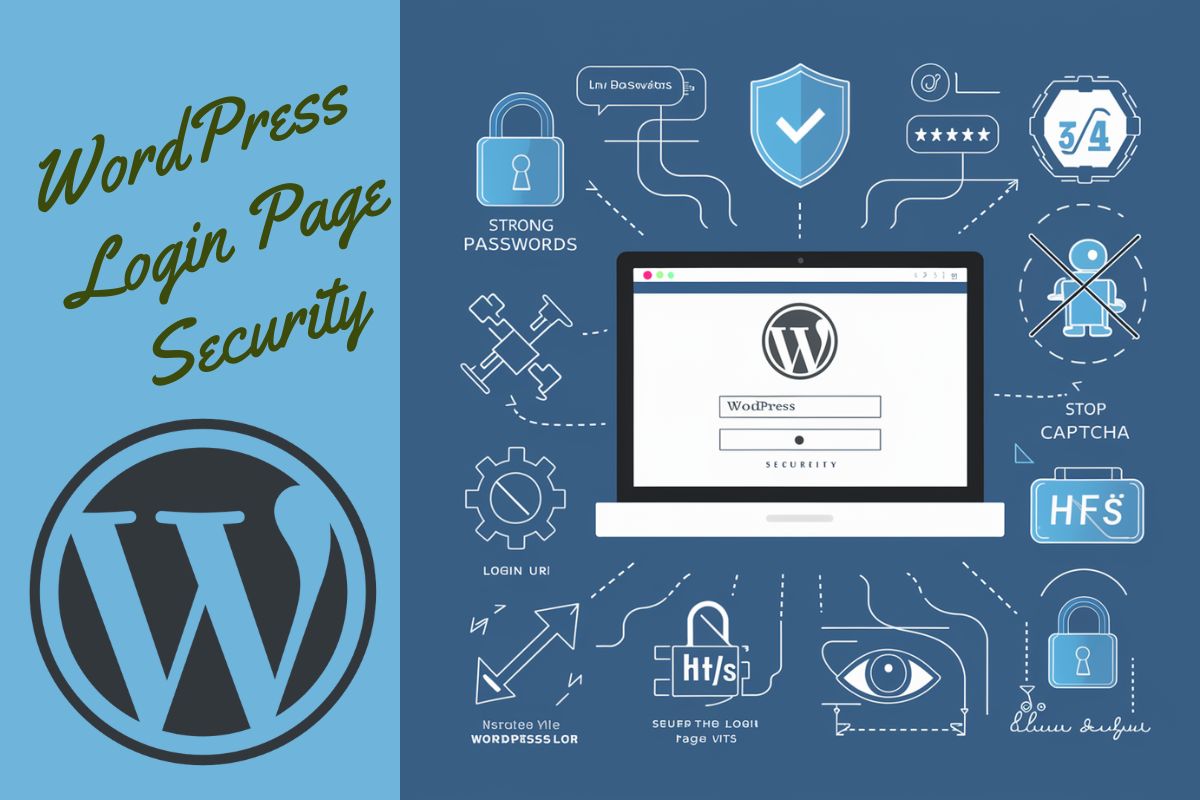Securing your WordPress login page is crucial to safeguarding your website against unauthorized access and potential cyberattacks. Below are several key strategies to improve WordPress login security and fortify your website:
1. Use Strong, Unique Passwords
Strong, unique passwords are the first line of defense in WordPress login security. Create a robust password by combining uppercase and lowercase letters, numbers, and special characters. Avoid common or reused passwords to reduce the risk of a single compromised password affecting multiple accounts.
2. Implement Two-Factor Authentication (2FA)
Enhance WordPress login security by adding Two-Factor Authentication (2FA). This method requires a second form of verification beyond just a password. Use plugins like Google Authenticator or Authy to implement 2FA on your WordPress site, adding an extra layer of protection.
3. Limit Login Attempts
To prevent brute force attacks and strengthen WordPress login security, limit the number of login attempts. Use plugins such as Limit Login Attempts Reloaded or Login Lockdown to lock out users after a set number of failed login attempts, making it harder for attackers to guess your passwords.
4. Use a CAPTCHA
CAPTCHA tools are an effective way to enhance WordPress login security by distinguishing between human users and bots. Adding a CAPTCHA to your login page can block automated attacks. Integrate tools like Google Captcha (reCAPTCHA) to secure your WordPress site.
5. Change the Default Login URL
Changing the default login URL (typically /wp-admin or /wp-login.php) can significantly improve WordPress login security by making it more challenging for attackers to locate your login page. Plugins like WPS Hide Login allow you to customize your login URL, adding another layer of defense.
6. Keep WordPress Updated
Regular updates to the WordPress core, themes, and plugins are vital to maintaining WordPress login security. Updates often include essential security patches that protect against vulnerabilities. Ensure automatic updates are enabled or regularly check for updates to keep your site secure.
7. Secure Your Login Page with HTTPS
Using HTTPS is a crucial step in WordPress login security as it encrypts the data transmitted between the user and server, protecting sensitive information like login credentials. Most hosting providers offer free SSL certificates, which can be easily installed to secure your site.
8. Monitor Login Activity
Monitoring login activity is a key component of WordPress login security. Plugins like WP Security Audit Log provide detailed logs of login attempts, including IP addresses and timestamps, enabling you to identify and respond to potential threats promptly.
Conclusion
By implementing these strategies, you can significantly enhance WordPress login security and protect your website from unauthorized access and cyberattacks. A proactive approach to WordPress login security is essential to maintaining the integrity and safety of your WordPress site.
Contact us today for expert support and ensure your site runs smoothly!


